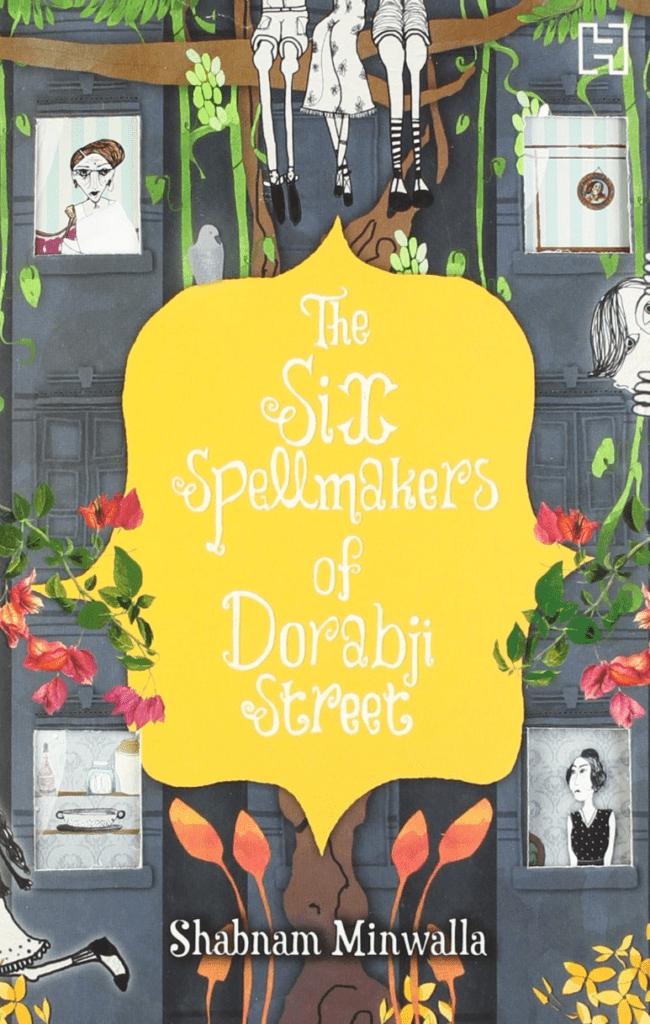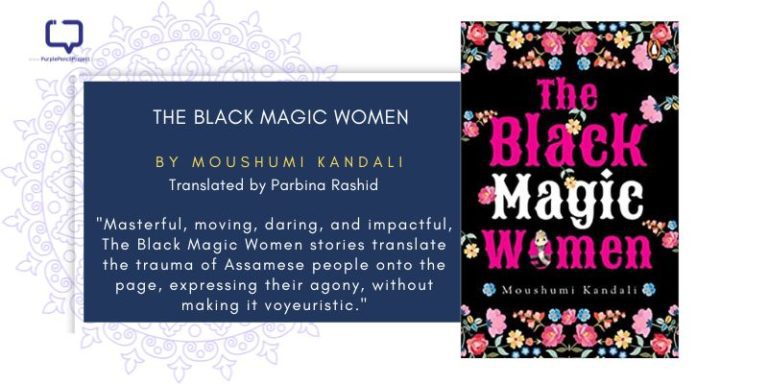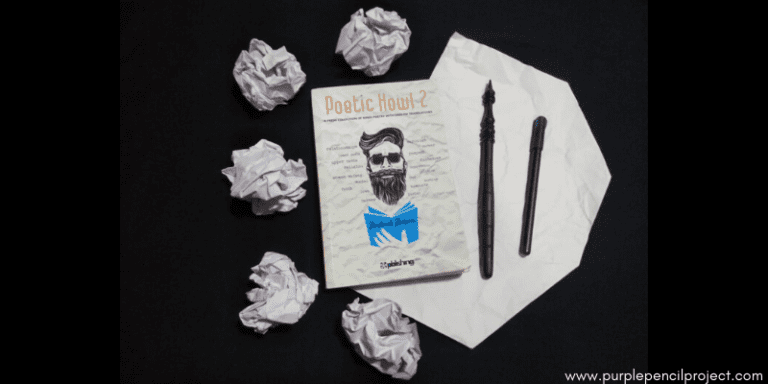Shabnam Minwalla has worked as a journalist with the Times of India, and writes food columns, book reviews and features for various national publications. She has written many critically acclaimed titles for children and those belonging to YA fiction, such as The Strange Haunting of Model High School, The Shy Supergirl, Lucky Girl, The Six Spellmakers of Dorabji Street and What Maya Saw.
Could you share your journey with us, as a journalist and a writer of children’s title and YA fiction?
How do you strike a balance between journalistic writing and writing for a younger audience?
Shabnam Minwalla: The realisation that I wanted to become a writer came when I was 10 years old. I was in moral science class and we had to compete a page in a dreary workbook. I scribbled answers to the questions in a desultory manner till I reached one question: “What do you plan to become when you grow up?”
I had never given this much thought. But – much to my surprise – I wrote “Writer”. After which I realised that it was true.
The practical way to become a writer was to become a journalist, so that is what I did. I did an MA in Journalism in the US and returned to Mumbai, where I worked with The Times of India for 10 busy, kaleidoscopic, cacophonic, satisfying years. During that time, I understood Mumbai, became acquainted with its gullies, glitter and secrets – and I hope I managed to make a small difference to a few lives.
In 2003, my first daughter was born. I took a break and, just when I was planning to return to work, I realised I was pregnant again. With twins.
As you can imagine, the next few years were hectic with the business of mashing potato and scheduling vaccinations. But sometime along the way, I realised that I had the opportunity to do what I had always wanted – try my hand at a book of fiction without a sense of panic or pressure. After all, my day job was still sticking Bandaids on bruised knees and organising carpools!
Even after I made this decision, the jump into fiction did not come easily. Journalism insists on many rules, and fiction requires you to break them. A lot of my early attempts read like confused feature stories. But after a few failed attempts and a few years of detox, I managed.
My plan had been to write a book for adults. But the book that popped out was a book for children – The Six Spellmakers of Dorabji Street. I still don’t know how or why that happened! I imagined it was a one off. Instead, it became a second career. Again I don’t know how that happened. But I do know that I’m incredibly lucky that it did.
What do you think is the contemporary literary scenario for the books from the category of YA fiction? How different do you think it was a decade ago?
Shabnam Minwalla: I write for many age groups. Picture books for little kids, chapter books for young readers and books for middle schoolers.
I think I’ve grown with my children and now that I have three teenagers in the house, it seems natural to write for young adults. I suspect this is a journey that many children’s writers make.

The YA space is buzzing, even though publishers worry that it’s a difficult age-group in terms of marketing and selling. Over the last decade, there have been many brave and compelling books. I love writing YA, because you can still use elements that go into books for younger children, but you can go one step further and tackle serious and important themes.
I remember that when I was little, there was almost nothing for this age group . You read your Roald Dahls, Enid Blytons and Nancy Drews, and then you had no option but to graduate to Agatha Christie, P.G. Wodehouse and Mills and Boon romances. Looking back, I feel quite cheated and when I visit a bookstore with my girls I behave greedier than them.
Could you share with us the research process that goes into writing YA and children’s books? Are there some note-taking strategies and techniques that you follow?
Shabnam Minwalla:
When an adult writes for children or for young adults, one exercise is essential. You need to be able to travel back in time to remember how you felt as a child. The tiny things that made you happy or terrified or excited.
It is also important to keep observing the children around you – and understand their reactions and concerns. It is this that allows your books to connect with your readers.
Each of my books has followed a different path. In What Maya Saw, the city of Mumbai is an important character. One reason for writing it was to encourage children to look around them, and spot the unexpected beauty and magic.
Mumbai is a famously drab city. Still, as a journalist, I visited many areas and noticed many lovely details, carvings, trees and buildings. When I decided to write a book with a historic clue hunt, I made a list of all these elements. The list was enormous. It sprawled over 10 pages of my daughter’s old Hindi notebook. From that list I chose my clues – but felt very sad that so many beloved details had to be discarded.
What Maya Saw also borrowed from the history of St Xavier’s College. I am an ardent Xavierite and when the college turned 140 years old I was lucky enough to write the text for a coffee table book that the college brought out. This involved masses of research and the perusal of crumbling documents and old college magazines. It acquainted me with the remarkable people who had been involved with the college, Many of those stories of priests and professors stayed with me, and found their way into the St Paul’s College of What Maya Saw.
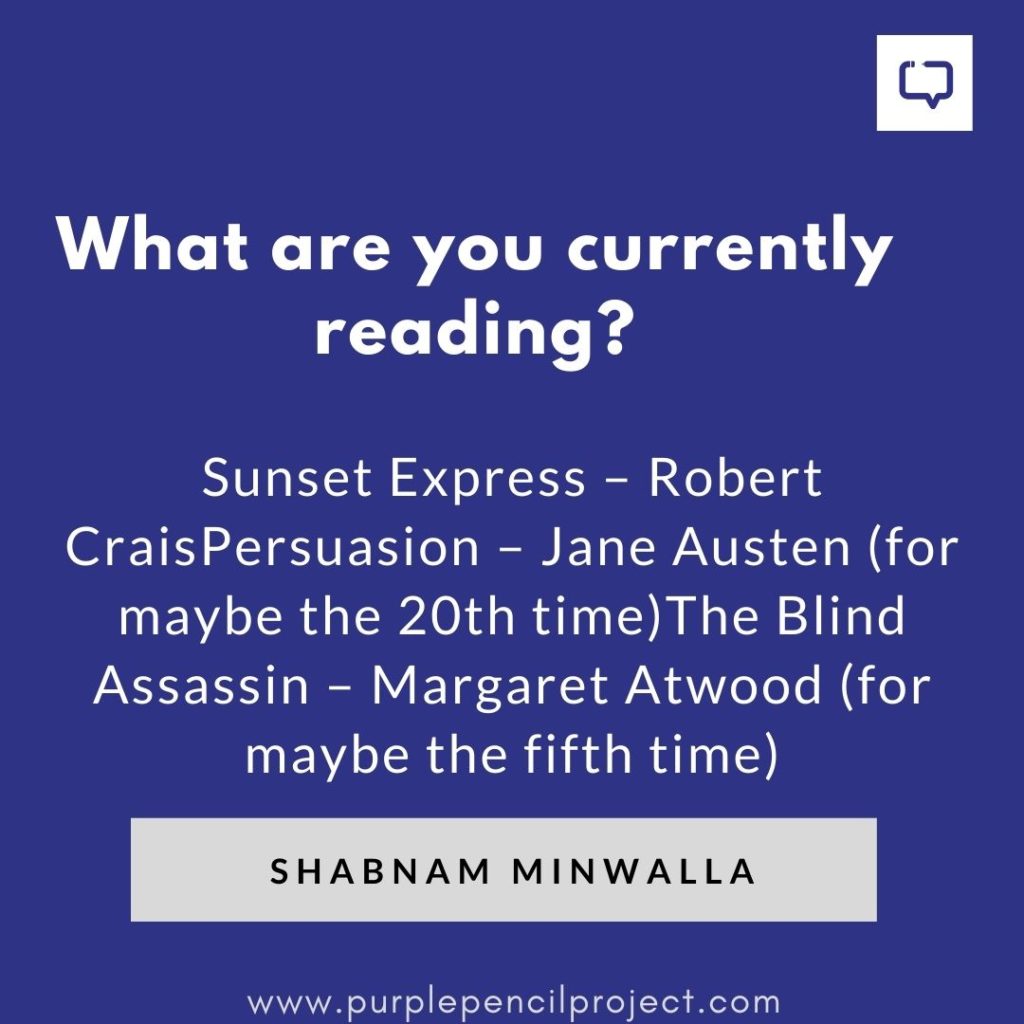
My new young adult book – which should be out by the end of the year – is called Saira Zariwala is Afraid. It is a horror book, and for that I spent a lot of time understanding the Internet and social media – and trying to figure out why people reveal so much of themselves to a stranger behind a screen.
My Nimmi series, on the other hand, has dipped into my daughters’ comical, day to day experiences in school and with friends. A burst beanbag. A Masterchef-style competition. A falling-out with a best friend. A mean teacher. They’ve all made their way into this school series.
What practices you think must be advised and recommended to teenagers in today’s times when it comes to reading?

There is a notion that kids and reading have an increasingly strained relationship. For parents reading this; how can they encourage their children to read?
Shabnam Minwalla: These are questions that I’m asked all the time, and for which I have no clear answers.
When children and teenagers ask me about books I tell them that books double up as spaceships/time machines/ telescopes/microscopes. They take us into the past, to other planets, into the minds of children around the world. They are easy, affordable, accessible magic. And once you realise this, you will be a reader for life.
When parents ask me about making their children into readers, I warn them that reading should never be packaged as a chore. You should never say, “If you read for half an hour, you can watch TV for half an hour”. Reading is not a punishment, it is a treat.
Also, reading should be a rule-free zone. Allow children to browse, to choose their genres and their levels. Allow them to enjoy what they are reading. Don’t get competitive about what other children are reading. Don’t try to foist “good literature” on them. Don’t imagine that a book you loved when you were 10 will necessarily resonate with 10-year-olds today.

When my children were young, they were members of three libraries. We chose books from each and I left the books strewn around. They could start and stop any book they wanted, so that they could figure what they liked and what they didn’t. And I tried hard not to force-feed them any particular book – though sometimes I couldn’t help myself.
Where did the inspiration for ‘What Maya Saw’ come from?
Shabnam Minwalla: When I was working on the book on St Xavier’s College, I spent long hours in the library. The college library is a beautiful, high-ceilinged room with ancient volumes and vast windows. One hot April afternoon, I thought I was the only person in the library and I was working away when I looked up suddenly and saw something that literally made my heart stop.
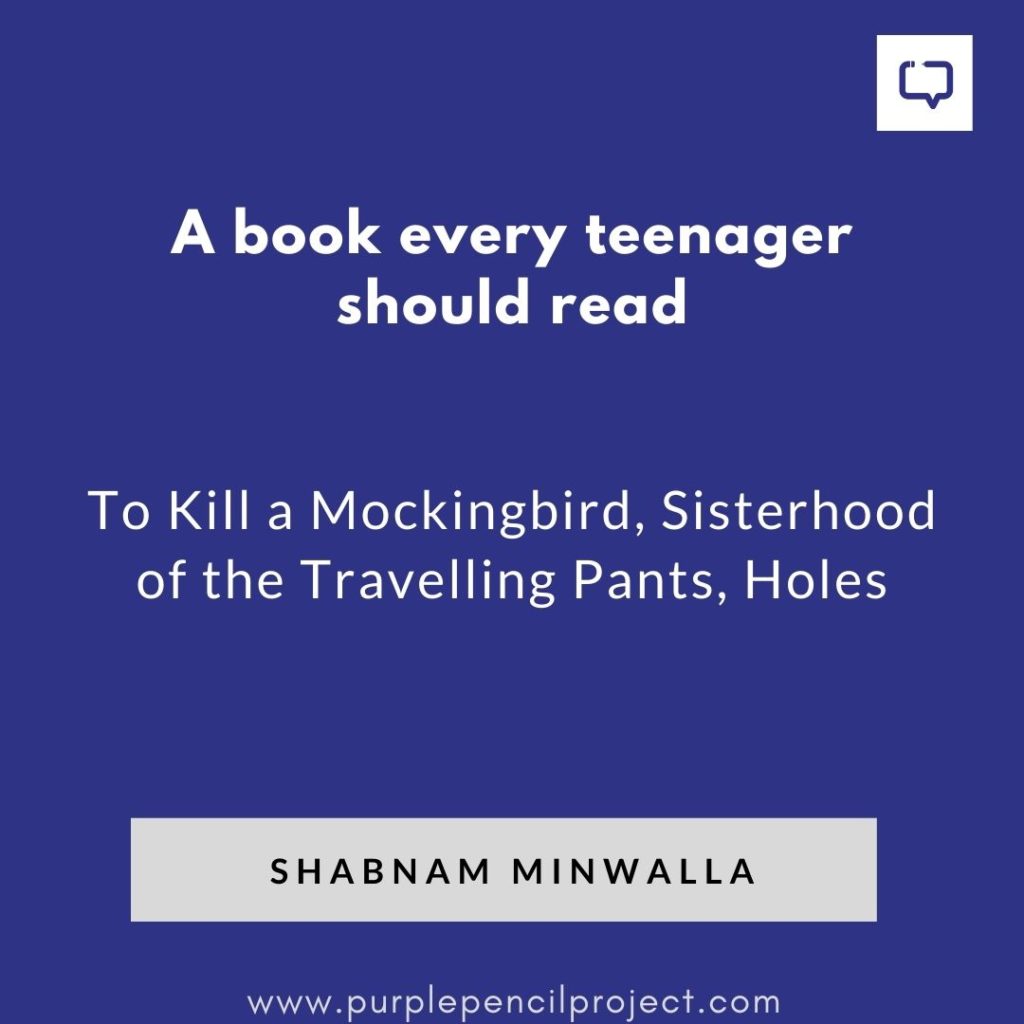
I saw a girl standing in front of me –and for a ghastly moment I thought she had horns coming out of her head. It was a trick of light, of course. But the girl with the twisted, bony horns stayed with me. As did the question, “What if she really had horns coming out of her head?”
One day, quite a few years later, I sat down and wrote about the girl with the horns. I had only the sketchiest story in my head. But that is how What Maya Saw was born.
Who is Shabnam Minwalla as a reader? What were some books of the YA genre you loved growing up? What genre do you enjoy reading now?

Shabnam Minwalla: Growing up, I absolutely adored Anne of Green Gables. Even today, the character of Anne remains vivid, enchanting, brave and quirky. She remains a beloved friend from my girlhood.
I also loved Gone With the Wind, Wuthering Heights and Pride and Prejudice as a teenager. And the period romances written by Georgette Heyer.
Today, I’m a murder mystery buff. I read detective novels from around the world. Books by Ian Rankin, Michael Connolly, Sue Grafton, Qiu Xiaolong, Andrea Camilleri are always piled on my desk.
I also love Hilary Mantel, Elena Ferrante, Kate Atkinson, Murakami, Toni Morrison, Elif Shafak…the list is really endless.
Are there any indian authors that you strongly recommend to young-adult readers?
Shabnam Minwalla: ‘A Suitable Boy’ is not a YA book, but it is a book I feel all young Indians should read because it offers us a glimpse into India as an infant nation, while at the same time delivering an enjoyable, compelling story.
Is there something you are currently working on?
Shabnam Minwalla: I have two books on the way. One is a non-fiction book for adults on Colaba, the neighbourhood in Mumbai where I grew up and still live. It is for Speaking Tiger, and is part of their series on neighbourhoods.
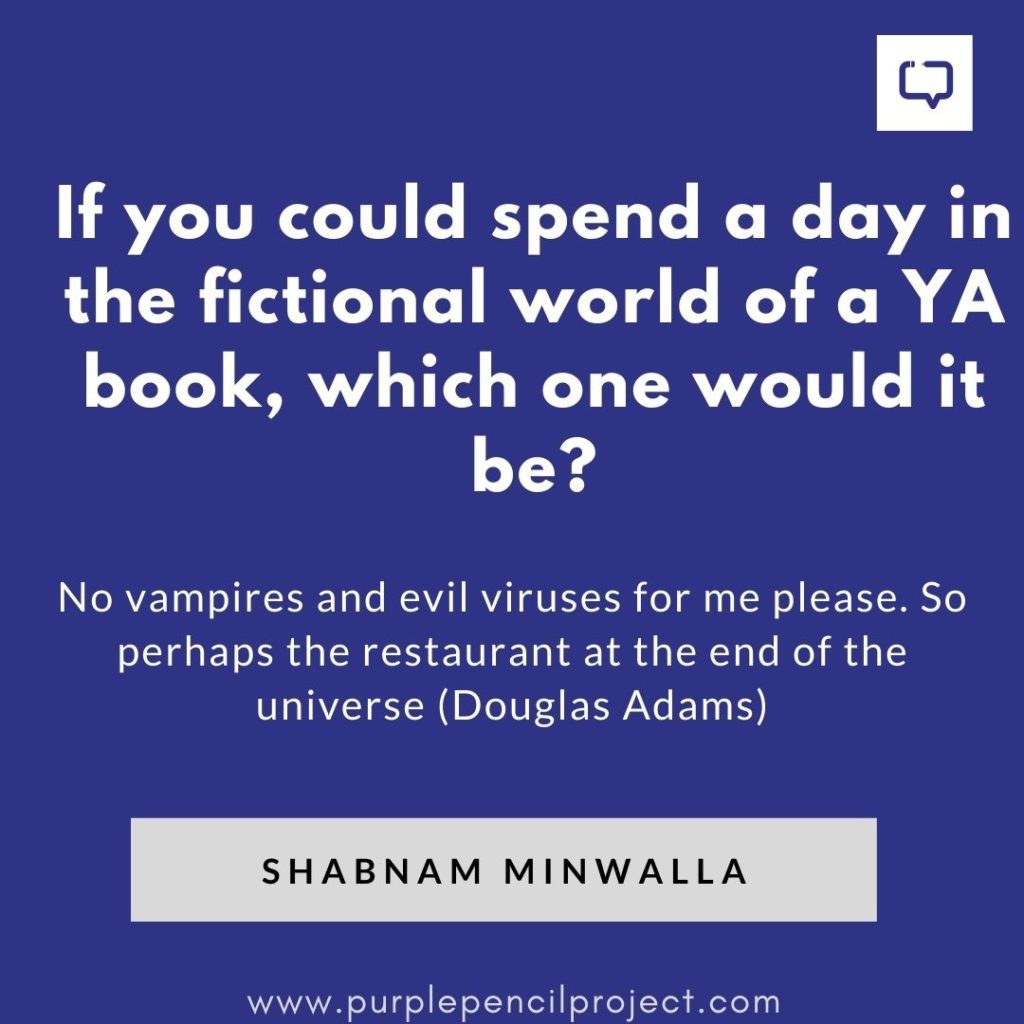
The other one is a young adult horror novel called Saira Zariwala is Afraid, being published by HarperCollins. It is about Saira Zariwala, who finally gets her own phone when she turns 15. The only problem is that she keeps getting calls and messages for someone called Akaash. After some time, Saira becomes intrigued and tiptoes into dangerous territory.
I’m also writing two other books. One is a lockdown murder mystery – a sort of Rear Window situation between two sealed buildings.
The other book is a young adult romance set in the Bombay of the past and the Mumbai of the present. It’s the most difficult book I’ve ever attempted and I’m keeping my fingers tightly crossed.
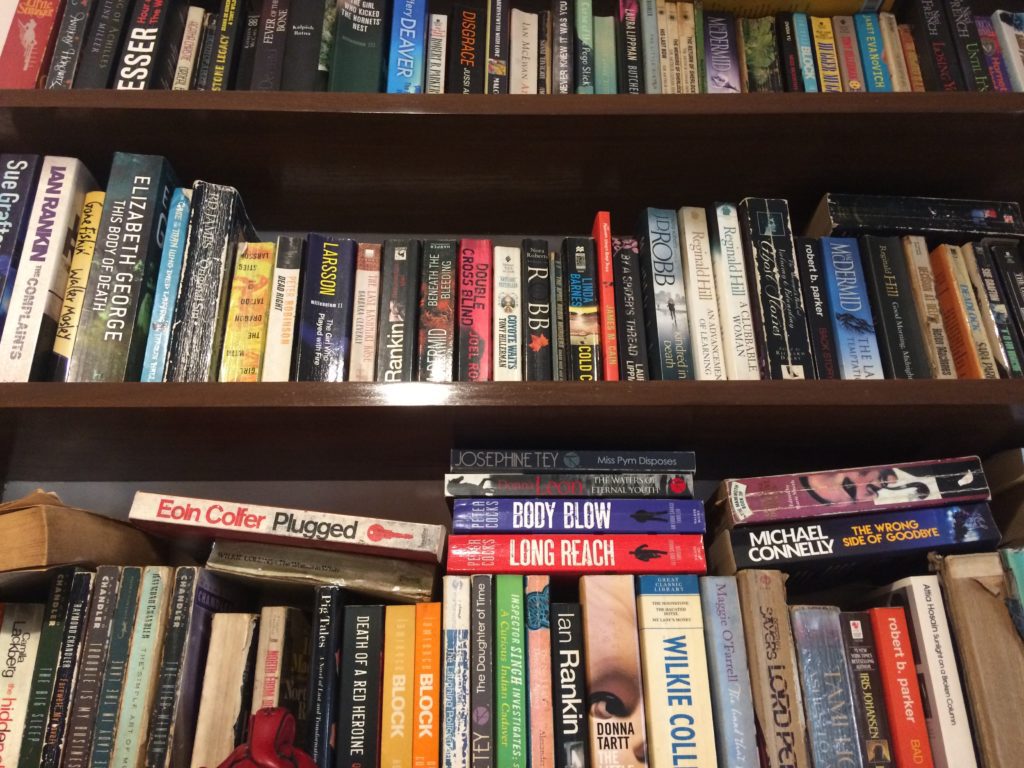
We encourage you to buy books from a local bookstore. If that is not possible, please use the links on the page and support us. Thank you.








